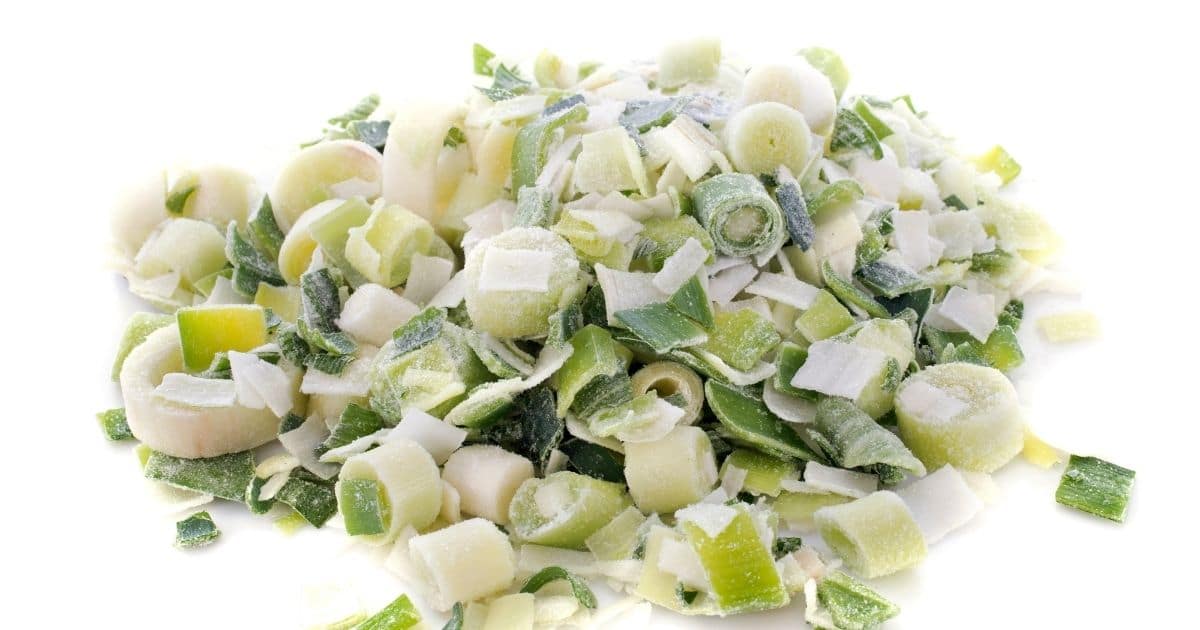Can You Freeze Leeks?
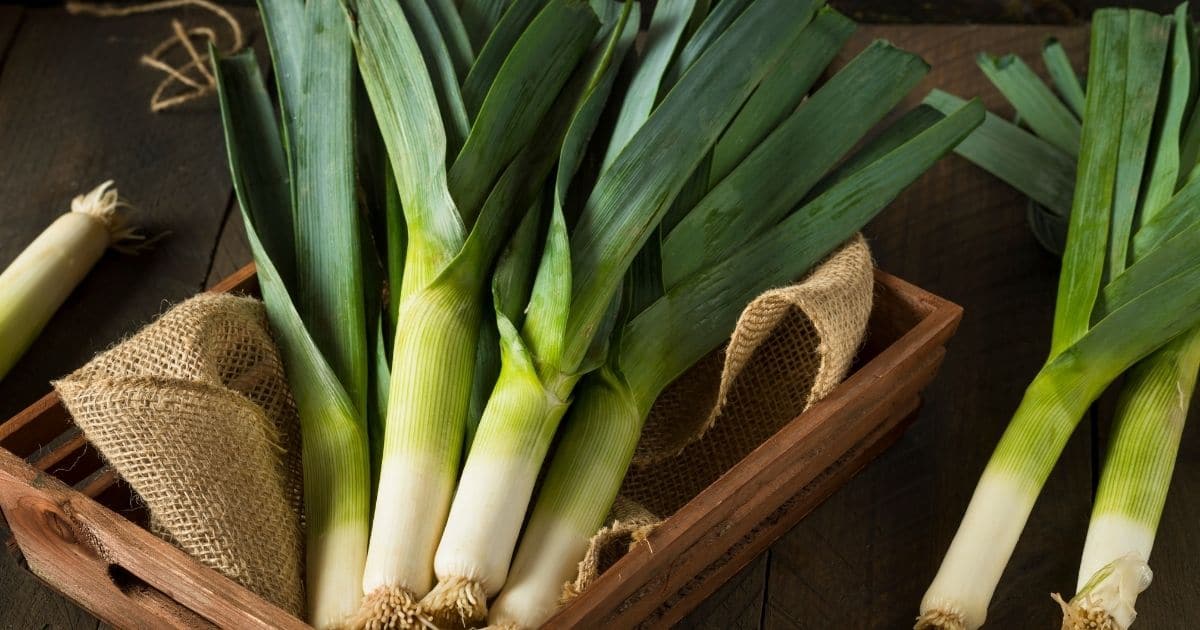
One of the best and most versatile vegetables to add to any of your dishes is the humble leek. This long, white, stalk-like plant is often described as buttery and onion-like. The addition of leek can intensify the flavor of a dish entirely. Incorporating leeks into soups, stews, or just simple rice dishes can add another layer of flavor and make the meal even tastier. So it is understandable that you would want to know whether you can freeze these delicious vegetables and for how long you can safely keep them in the freezer.
Yes, you can freeze leeks, and they will stay fresh in the freezer for up to 10 months once they have been blanched. Fresh leeks will not remain as fresh when frozen. Frozen leeks will retain many of their qualities and freshness. If you do not blanch the leeks prior to freezing, it is recommended that you keep the leeks in the freezer for about 2 months. Any longer and the leeks will lose their flavor.
Preparing the leeks for freezing properly is essential, failure to do this can: shorten the time they can be in the freezer by several months, and cause texture damage to the vegetable, long before you decide to use it. But don’t panic, keep on reading as we will show you how to freeze this delicious and versatile vegetable properly.
Can You Freeze Leeks Without Blanching Them?
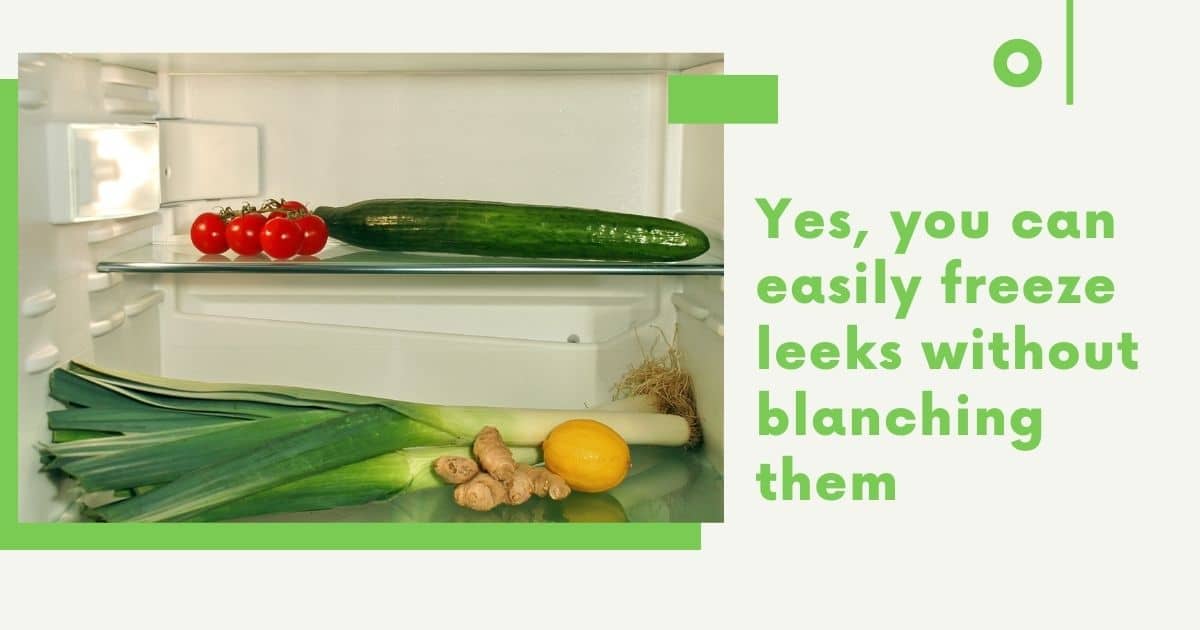
Yes, you can easily freeze leeks without blanching them. However, if you do choose to blanch them, they will stay fresh for much longer.
It has been estimated that not blanching the leeks can cause them to only be freezer-safe for up to 4 months, whereas by blanching the leeks you can store them in the freezer for up to 10 months.
The clue is in the preparation phase, blanching your leeks will allow you to comfortably freeze this delicious vegetable without causing excessive damage.
Step 1
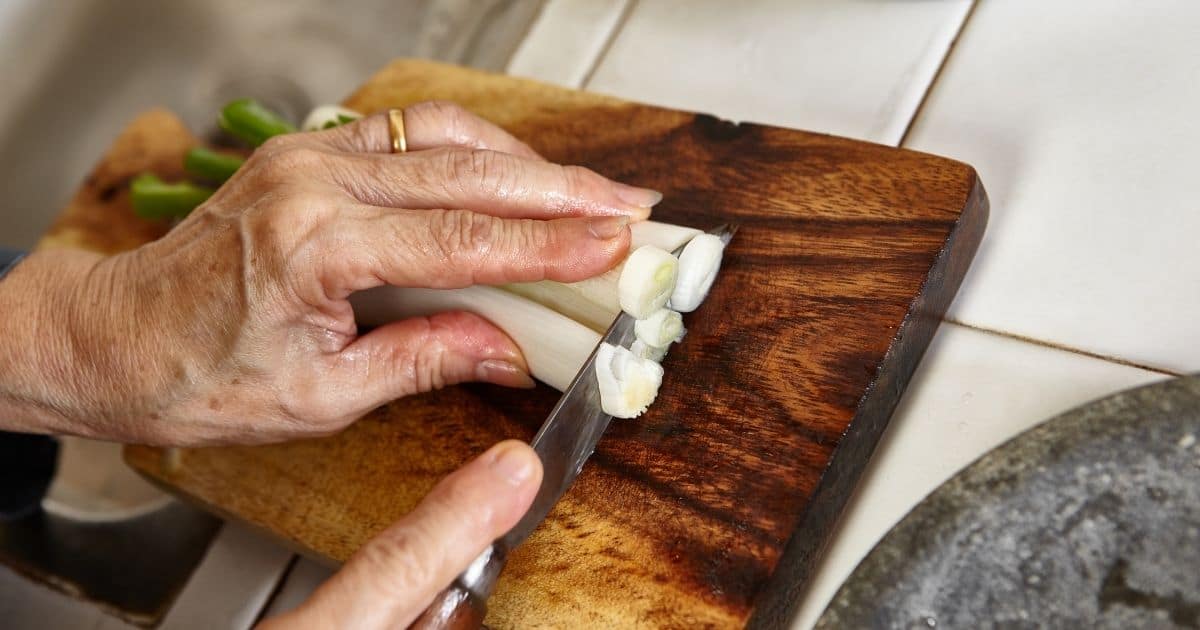
You need to cut the stems and roots off the leeks.
It is advisable, at this point, to decide if you need them sliced into smaller or larger pieces.
Step 2
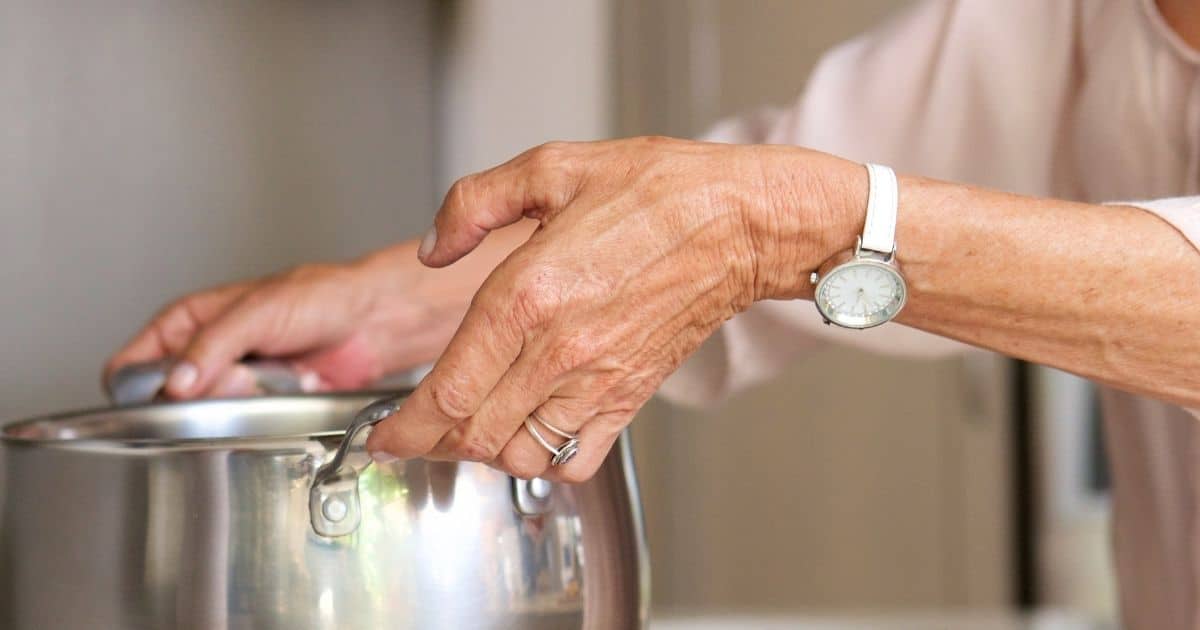
Bring a pan of water to boil.
Step 3
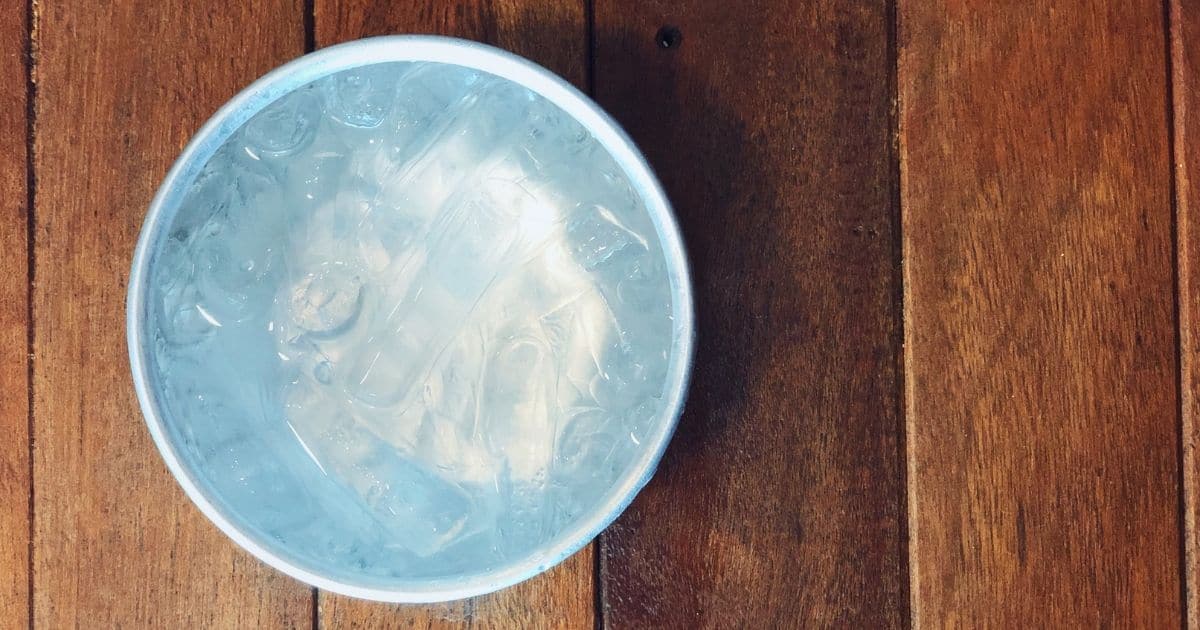
While the water is boiling, prepare a bowl of cold, icy water.
Step 4
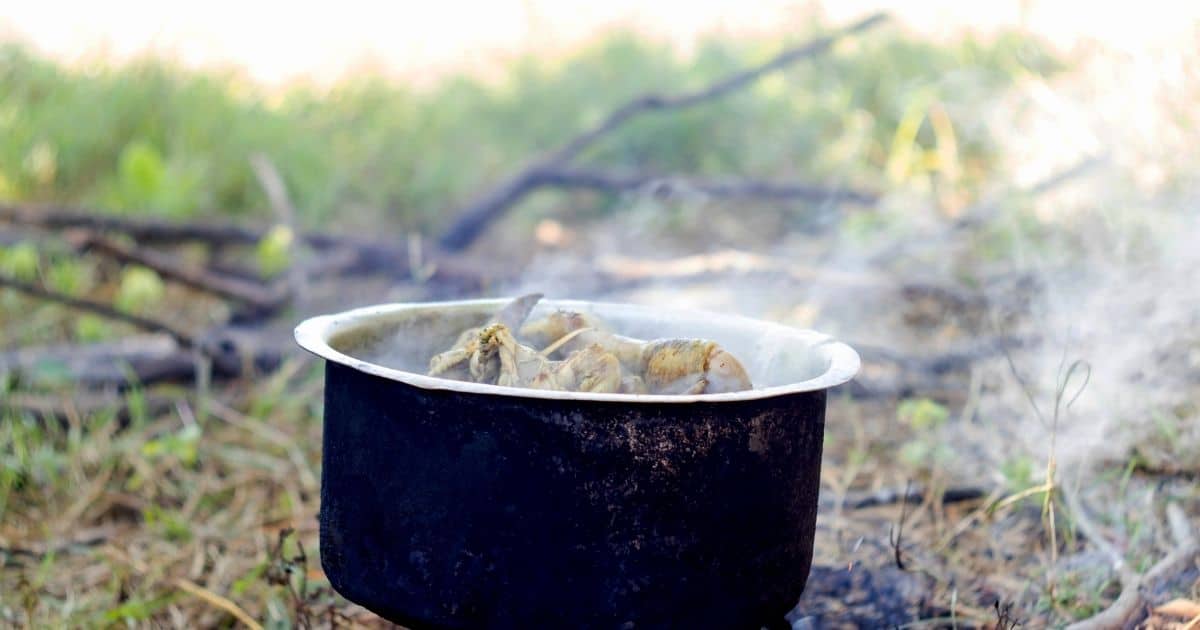
Place your leeks in the boiling water for at least 30 seconds but no longer than 1 to 2 minutes.
Step 5
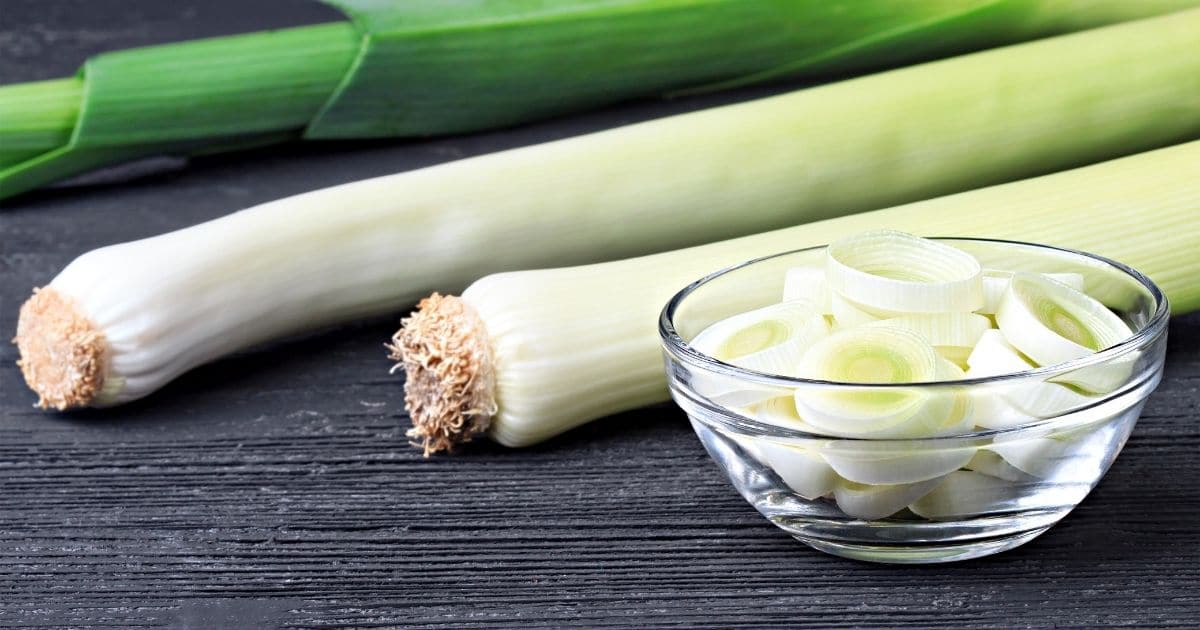
After the blanching time is up, remove your leeks from the boiling water and straight away place them in the icy water.
This halts the cooking process. Remember the idea of blanching your leeks is to pre-cook them, not to cook them.
Note: If you allow the leeks to be in the boiling water for longer than 2 minutes, or fail to add them to the icy water straight away, you will end up cooking this vegetable, which in turn can make them soggy in the thawing process.
Step 6
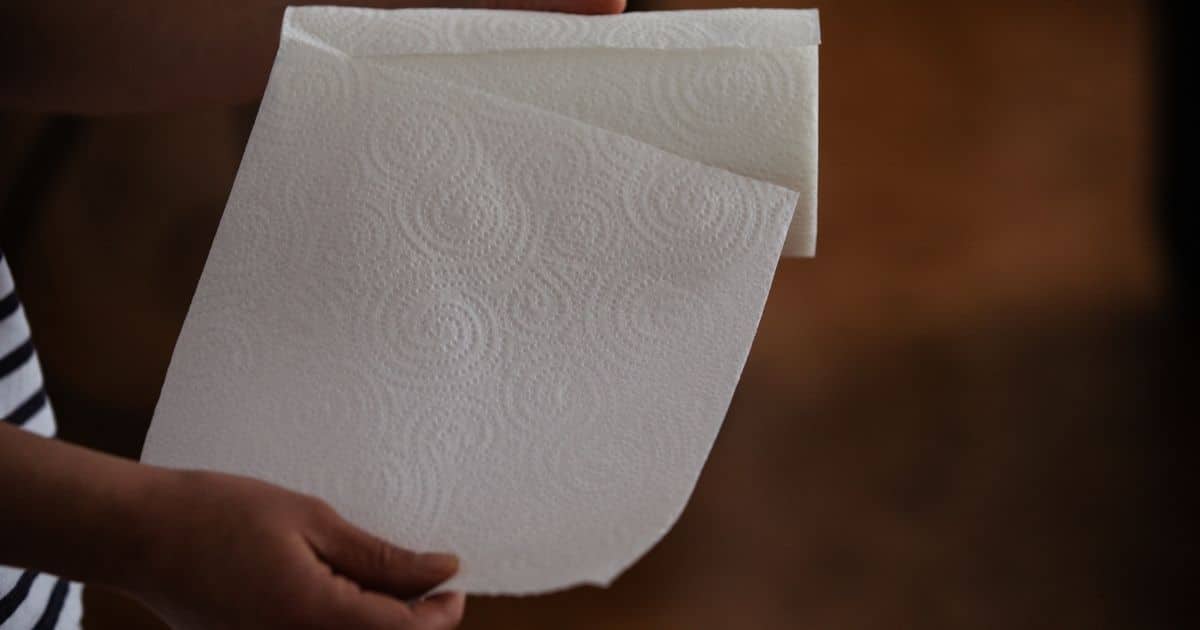
Once you have finished blanching the leeks, you will need to lay each part of the leek on paper towels, ensuring that most of the external moisture has been removed.
Step 7
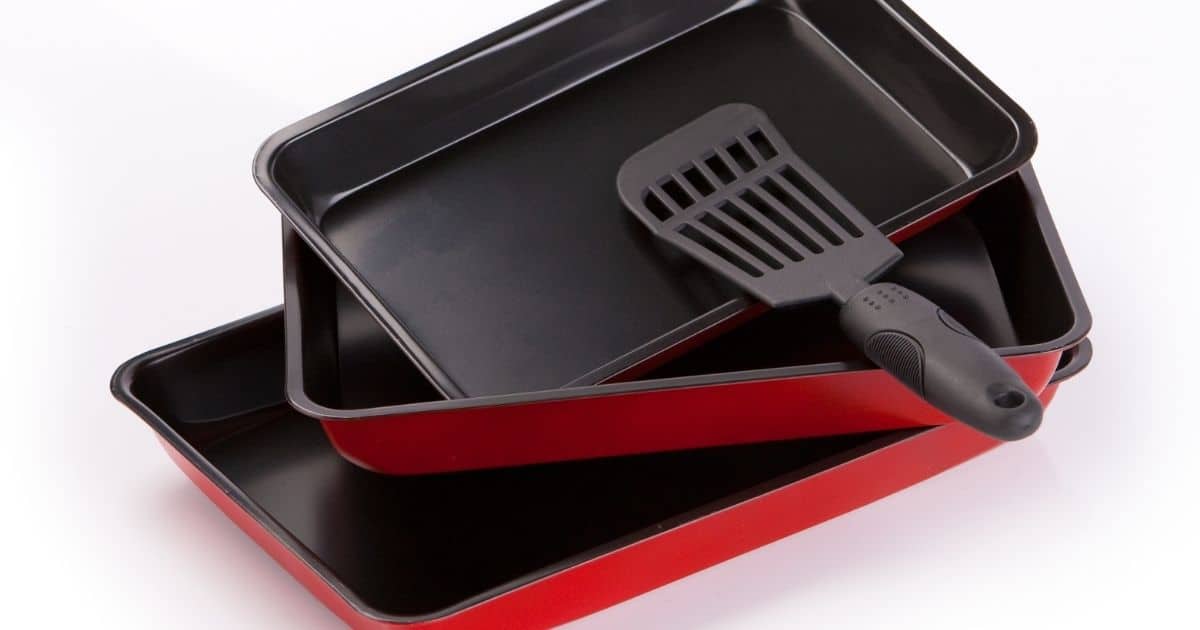
Once the pieces are dry, lay the leeks on a baking sheet and put them in the freezer for 10-15 minutes or until they are firm to the touch.
Do not leave them uncovered in the freezer for longer than 30 minutes or they may suffer from freezer burn.
While freezer burn is not a health concern, it will diminish the quality of the leeks.
Step 8
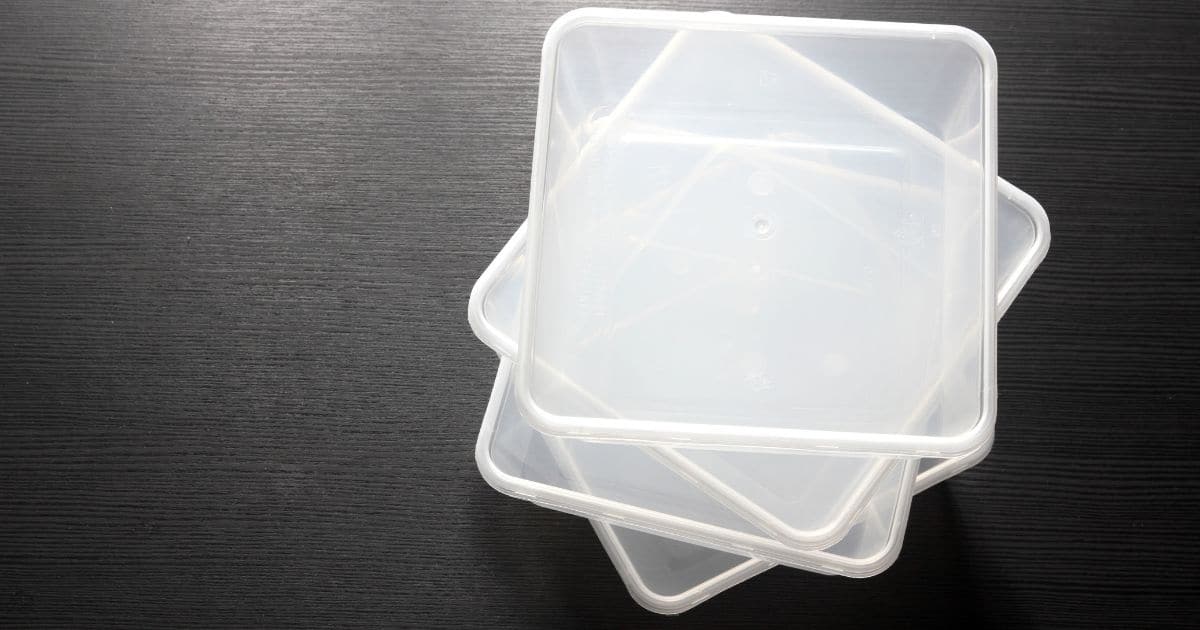
Once you have flash-frozen the leeks, they are ready to be transferred to their permanent storage. Vacuum-sealed bags, air-tight containers or Ziploc bags will all work well for storing the leeks.
Note: Whether you are blanching your leeks or not, ensure they are entirely dry before you freeze them. Too much external water that freezes on the leeks can cause damage and will most likely be the root cause of your leeks not lasting as long as you need them to.
Can Sautéed Leeks Be Frozen?
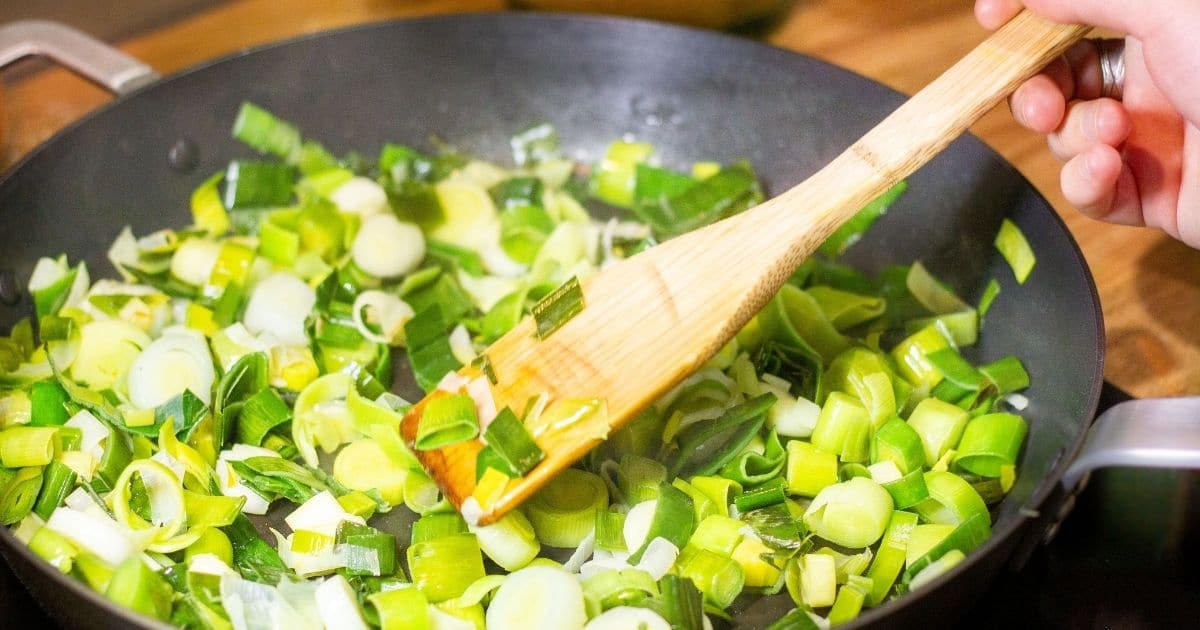
Yes, you can sautée your leeks before freezing them. However, ensure the leeks are thoroughly cooled before placing them in the freezer or you run the risk that your warm leeks bring the temperature down in the freezer, potentially defrosting other foods.
To cool down your leeks, do not leave them at room temperature for longer than 1 hour, or you run the risk of food poisoning. Room temperature provides optimal conditions for the natural bacteria in the food to multiply to dangerous levels. This is why it is best to allow the sautéed leeks to cool down on the counter for approximately 20 to 30 minutes, then place them in the fridge to finish cooling them down. Once the leeks are fully cooled, place them in the freezer.
How Do You Cook Frozen Leeks?
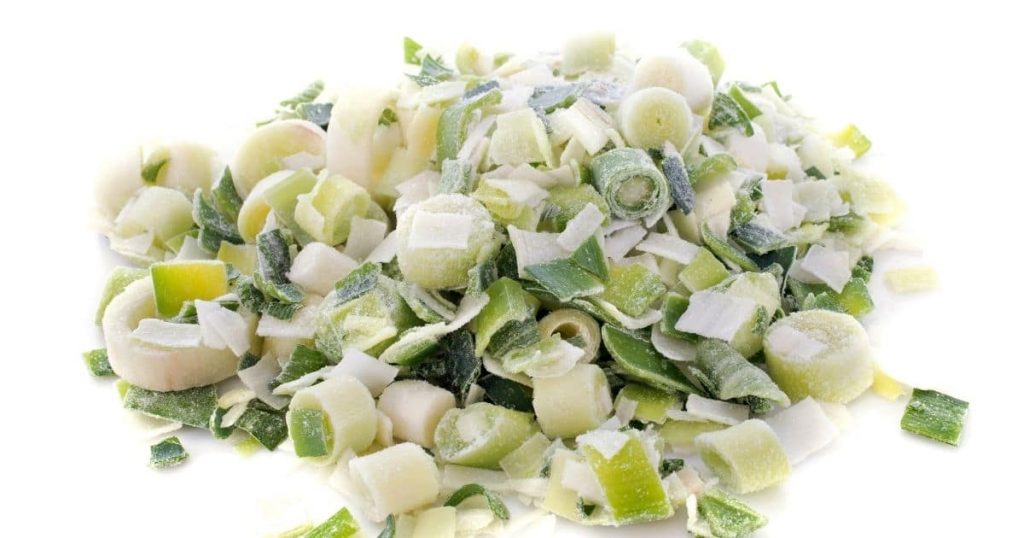
You can add frozen leeks to a meal any time during the cooking stage, or you can sauté the leeks while still frozen. If you need to make a dish with smaller, shredded or diced leeks, you can defrost them using the defrost function of your microwave or place the frozen leeks under cold running water, pushing slightly on the frozen leeks until you feel a texture change. This will allow you to treat the leeks like any other fresh leek you bought from the store.
Many people assume that frozen vegetables need to be treated entirely differently from their fresh counterparts. In reality, they should be treated in the same manner. A bit more time is needed in their preparation but that is purely taking into account the leeks’ frozen state. Many of the dishes that require leeks will not be changed if you add the leeks when they are still frozen, as the taste of frozen leeks is the same as fresh ones.
An important part to remember when using frozen leeks is how they were prepared. Leeks that were just cut up and frozen require a lot more cooking time than leeks that were blanched. This is why blanching vegetables before freezing them is vital. Having a large, almost cooked vegetable in your pot is a lot easier than cooking one that is both frozen and completely uncooked.
How To Thaw Leeks
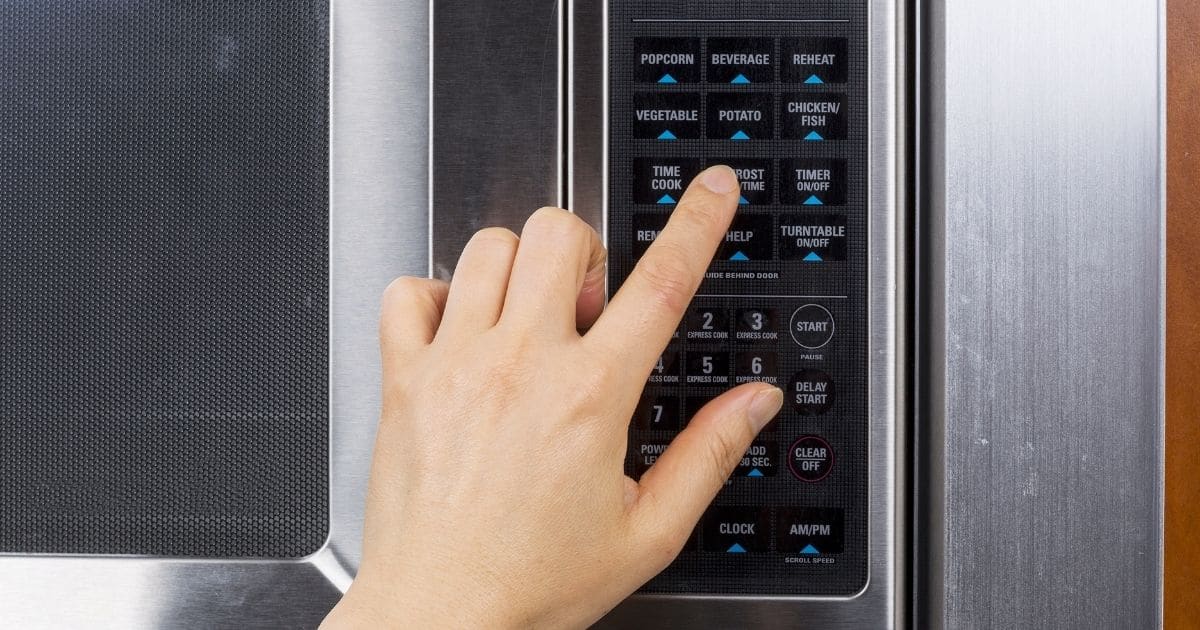
Thawing a frozen leek before cooking is never recommended. However, if you must do it, microwave on the defrost function or using the cold water thawing method will work. Please note that thawing frozen leeks before cooking them can cause the leeks to become mushy. This is why you will see most recipes that include frozen leeks use higher temperatures, as cooking them from frozen ensures that the texture remains after being frozen.
To thaw a leek, you can either use your microwave defrost settings or use running cold water. Using the microwave, it should only take a few minutes for the frozen leeks to thaw as the microwave relies on the leeks’ internal moisture to heat them. Using the water method, you can get a much more consistent defrosting, and it should only take a few minutes.
Many cooks will shy away from defrosting frozen vegetables as this significantly affects the taste and texture they provide. When cooking frozen vegetables directly, you are much more likely to maintain the overall taste and texture that the vegetable would have when fresh. When buying frozen foods from the grocery store, you will see the same instruction of cooking the food while frozen to preserve the vegetables’ overall taste, shape, and texture.
Can A Meal With Leeks Be Frozen?
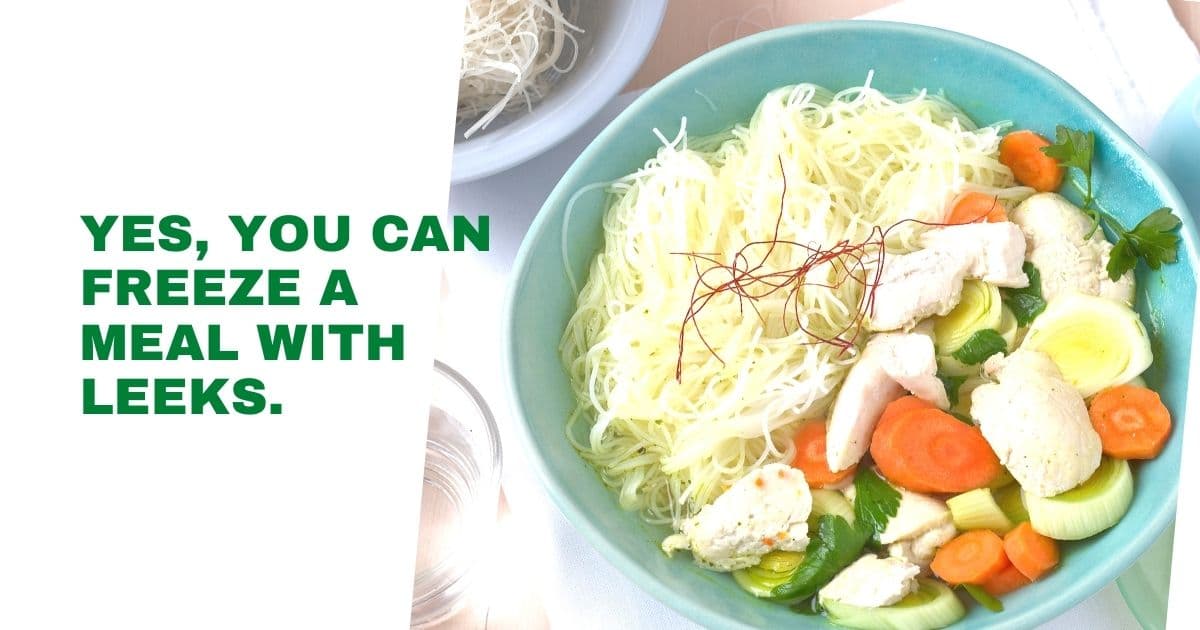
Yes, you can freeze a meal with leeks. If you have a sautéed leek meal or a soup that contains leeks that were frozen, you can quickly refreeze the meal as a whole. This is because the leeks have been cooked, together with other ingredients, meaning the loss of texture is lost in the other ingredients. The dinner, as a whole, reacts differently when the leeks are on their own. It is always recommended to freeze stocks and soups to ensure they last for many months after being made.
However, it should be noted that these frozen meals can only be defrosted once and should usually reach a high temperature, between 75°C to 85°C.
One of the most amazing things about keeping things in the freezer is that it makes them last longer. Something that has a lot of texture, like just leeks, broccoli, or mushrooms, will not freeze well for a second time.
Conclusion
You can and should freeze the leeks you have bought fresh from a store or market. This will ensure that they will stay ready until you need them. Cooked leeks can be frozen and kept in the freezer for a later time, just be sure to reheat them properly before eating. If you have to thaw your frozen leeks just be sure that you are doing it properly, as bacteria can grow when they are left at room temperature for too long.
The best leeks will always be fresh leeks, with the best-cooked meals always being those straight from the stove!
